




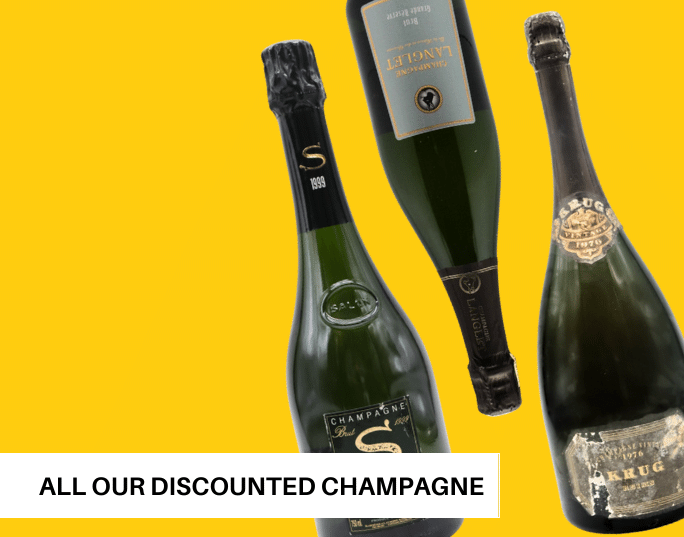











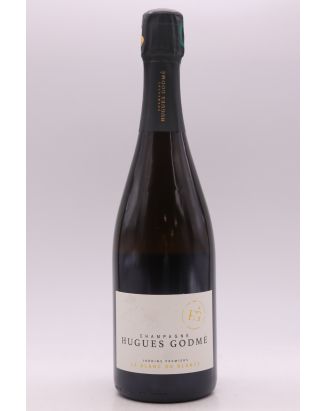



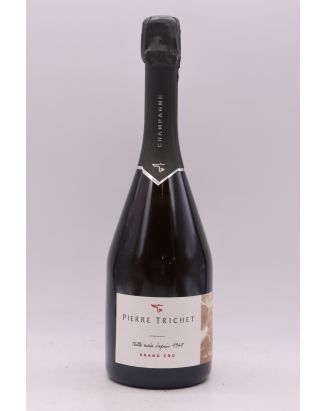


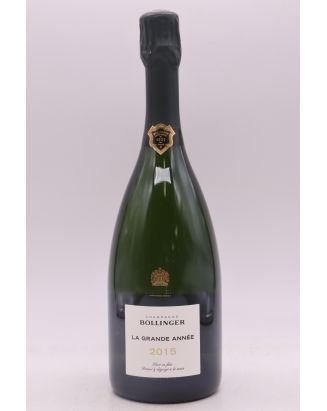



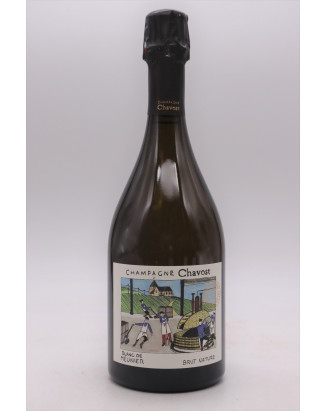







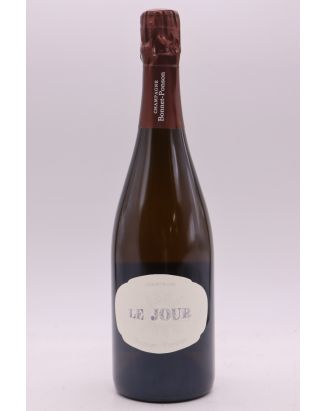




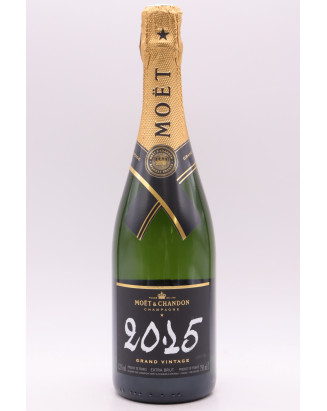
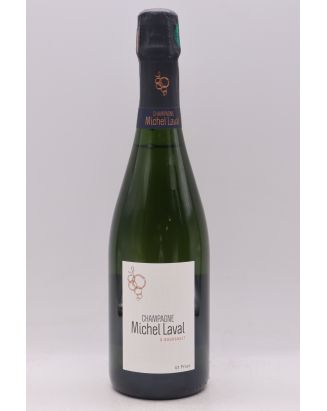

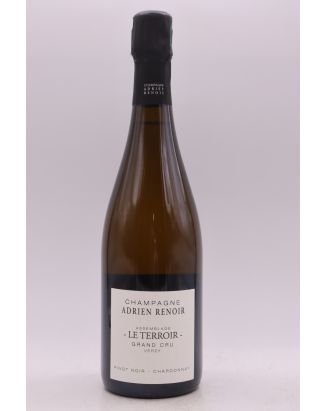



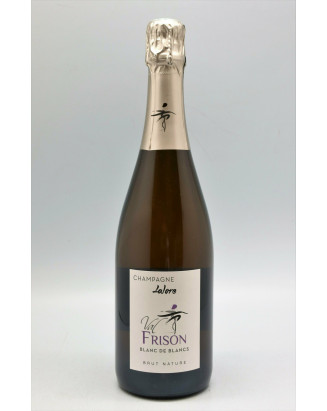






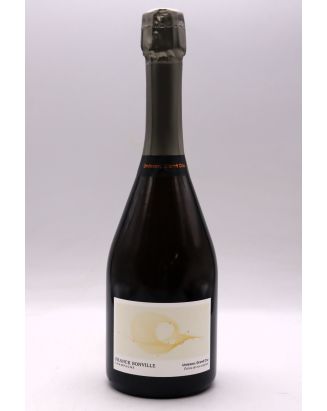








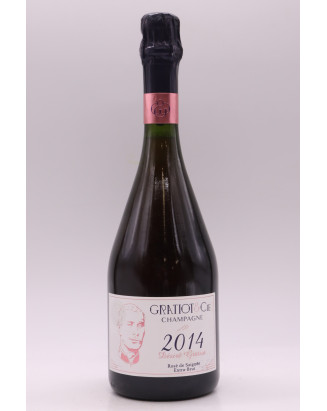


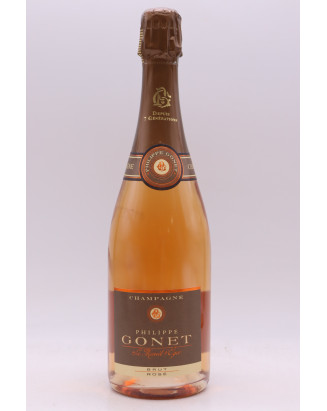




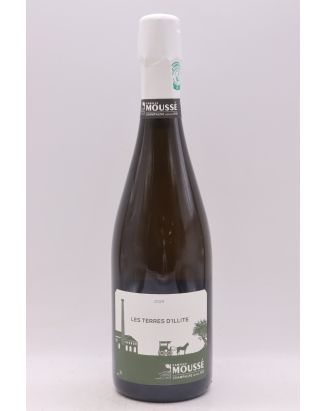

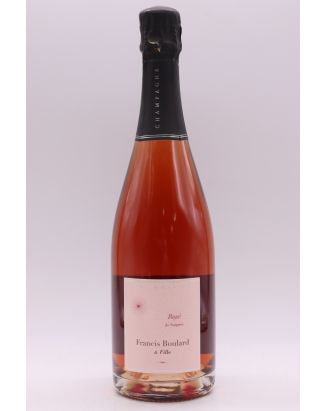


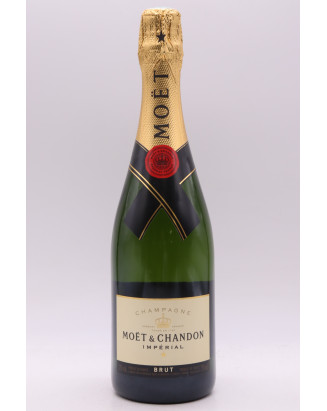
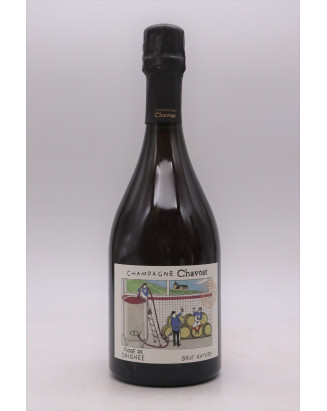

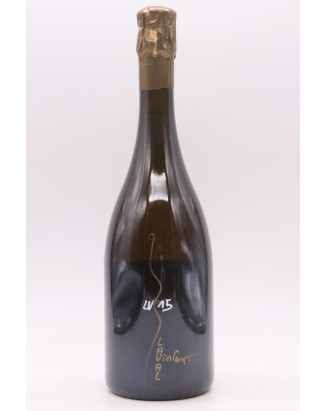


The history of Champagne dates back to antiquity, when the Romans introduced the cultivation of vines to the region. During the Middle Ages, vineyards were developed, but it wasn't until the 17th century that the region discovered the method of producing sparkling wine, which was to become emblematic.
In the 18th century, Champagne consolidated its reputation and iconic champagne houses were born. Champagne conquered the international market, becoming a symbol of celebration and luxury. In the 20th century, strict regulations were introduced to preserve the authenticity of Champagne, defining the authorised regions, grape varieties and production methods.
Today, Champagne is recognised worldwide as one of the most prestigious wine regions. Champagne wines are associated with elegance and celebration, and producers continue to maintain high standards, preserving the region's exceptional winemaking heritage.
Produced from the main grape varieties Chardonnay, Pinot Noir and Pinot Meunier, Champagne can sometimes be Blanc de Blancs (a white wine made from white grapes only, for example 100% Chardonnay, giving an elegant, mineral Champagne), or Blanc de Noirs (a white wine made from black grapes only, for example 100% Pinot Noir, giving a fruitier, fuller-bodied, windier Champagne).
Champagne is made using a technique known as the Méthode Traditionnelle (or méthode Champenoise), which involves producing a still base wine and then undergoing a second fermentation in the bottle with the addition of tirage liqueur, which creates the natural bubbles characteristic of Champagne. The bottles then undergo a process of ageing on the lees, which contributes to the complexity and richness of the aromas. Finally, after disgorging, the addition of a liqueur de dosage will, among other things, adjust the sweetness level of the Champagne, ranging from brut champagnes (dry) to doux champagnes (sweet). Here is the classification of Champagne from the least sweet to the sweetest in grams of sugar per litre.
If Champagne is a vintage champagne, the production method is even stricter.
The Champagne region is divided into several appellations from different sub-regions, the most famous of which are Champagne, Champagne Premier Cru and Champagne Grand Cru. The sub-regions of Champagne have their own characteristics in terms of terroir and style of Champagne. They include :
Montagne de Reims: this sub-region is renowned for its Pinot Noir vineyards. It produces powerful, well-structured champagnes, often used in vintage and prestige Champagnes.
Vallée de la Marne: This sub-region produces Champagnes made mainly from Pinot Meunier grapes. The wines from this area are fruitier and more accessible, bringing freshness and roundness to the blends.
Côte des Blancs: Renowned for its chalky soils and sunny exposure, this sub-region specialises in Chardonnay. It produces elegant, fine champagnes, often used in blanc de blancs cuvées.
Côte des Bar (Aube): Located in the south of Champagne, this sub-region is influenced by warmer climates. It produces mainly Pinot Noir, and its champagnes can be rich and full-bodied.
Côte de Sézanne: This sub-region lies to the south of the Côte des Blancs and also produces mainly Chardonnay.
Aube en Champagne: This sub-region is famous for producing Rosé des Riceys, a rosé wine made mainly from Pinot Noir.
Champagne is home to many renowned champagne houses that have played a crucial role in the development and promotion of this iconic drink. Here are some of the greatest champagne houses:
But we must also mention, among the greatest houses: Billecart Salmon, Deutz, Mumm, Salon, Ruinart, Pommery, Nicolas Feuillatte and Drappier.
The Champagne region also boasts a number of independent winemakers and smaller producers who have earned a reputation for their commitment to Champagne excellence. Here are just a few of the Champagne region's greatest winemakers:
Other names include Adrien Renoir, Alfred Gratien, Jacquesson, Jacque Lassaigne, Leclerc Briant and Val Frison. These independent winemakers contribute to the richness and diversity of the Champagne wine scene, offering unique alternatives to the cuvées produced by the major Champagne houses.
Champagne has produced some exceptional vintages over the decades, each offering unique characteristics and remarkable qualities. Here are some of Champagne's most exceptional vintages.
Champagne vintages of the 20th century
1928: This vintage is often considered one of the greatest of the 20th century in Champagne. Champagnes from this vintage are rare and sought-after for their complexity and elegance.
1945: An exceptional vintage that was celebrated as the end of the Second World War. Champagnes from 1945 are rare and prized for their exceptional quality.
1964: This vintage produced balanced, elegant champagnes that have aged well over the years.
1976 : This vintage produced powerful, structured champagnes with remarkable longevity.
1985: This vintage is widely recognised for its quality, with champagnes that offer a combination of fruity aromas and mineral character.
Other top vintages include 1929, 1955, 1990 and 1996.
Champagne vintages of the 21st century :
2002: A vintage celebrated for its exceptional quality, with champagnes that combine richness, complexity and freshness.
2008: This vintage produced champagnes that stand out for their balance between acidity and maturity, as well as their ageing potential.
2012: A vintage marked by favourable weather conditions, producing aromatic, well-balanced champagnes.
2018: This vintage has been hailed for its promising quality, with champagnes that show great freshness and expression of terroir.
Among the best are 2004 and 2005.
However, it is important to note that each vintage can have its own particularities depending on climatic conditions and winemaking practices.